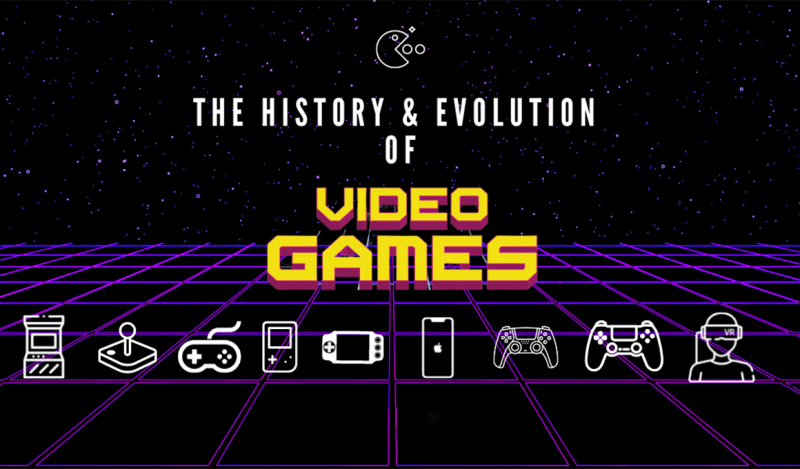In the fast-paced and ever-evolving world of esports, the journey to becoming a professional gamer is thrilling and challenging. Aspiring esports athletes enter a realm where skill, strategy, and dedication converge to create a unique competitive landscape. To navigate this dynamic environment successfully, one must journey beyond casual gaming. This guide delves into invaluable tips and insights to propel aspiring gamers toward the coveted title of professional esports athlete. From honing your skills and understanding the esports ecosystem to cultivating a winning mindset, this exploration will equip you with the knowledge and tools to navigate the competitive path to becoming a pro gamer. So, gear up, sharpen your reflexes, and get ready to level up your game on the road to esports excellence.
History Of Video Games
The history of video games is a fascinating journey that spans several decades, marked by technological advancements, cultural shifts, and the evolution of gaming as both an industry and a form of entertainment. Here's a brief overview of key milestones in the history of video games:

1950s-1960s: The Birth of Video Games
- The concept of electronic games began with academic experiments like “OXO” in 1952, a graphical tic-tac-toe game.
- In 1962, MIT student Steve Russell created “Spacewar!”, considered one of the first video games.
- Ralph Baer developed the first home video game console, the “Brown Box,” in the late 1960s.
1970s: The Arcade Era Begins
- Atari's release of “Pong” in 1972 marked the beginning of the arcade game era.
- In 1977, Atari launched the Atari 2600, the first widely successful home console.
1980s: The Golden Age of Arcades
- The 1980s saw a boom in arcade gaming with iconic titles like “Pac-Man,” “Donkey Kong,” and “Space Invaders.”
- The Nintendo Entertainment System (NES) revolutionized home gaming in 1985.
1990s: Rise of 3D Graphics and Console Wars
- Advancements in technology led to the rise of 3D graphics and more immersive gameplay.
- The console wars between Sega and Nintendo defined the decade, with the introduction of Sega Genesis, Super Nintendo, and later, Sony's PlayStation in 1994.
2000s: Emergence of Online Gaming and Mobile Games
- The 2000s witnessed the growth of online multiplayer gaming with titles like “World of Warcraft.”
- Microsoft's Xbox Live and Sony's PlayStation Network revolutionized online console gaming.
- The rise of mobile devices led to the popularity of mobile games with the launch of the iPhone in 2007.
2010s: Esports and Virtual Reality
- Esports gained mainstream recognition, with competitive gaming tournaments offering substantial prizes.
- Virtual reality (VR) gaming experienced a resurgence with the release of devices like the Oculus Rift.
2020s: Continued Innovation and Accessibility
- Gaming continued to evolve with the release of next-gen consoles like PlayStation 5 and Xbox Series X/S.
- Cloud gaming services and subscription models gained traction, making gaming more accessible.
Throughout history, video games have become a global phenomenon, influencing popular culture, shaping technology, and providing diverse experiences for players of all ages. The industry continues to push boundaries, with ongoing advancements in technology, game design, and the integration of gaming into various aspects of modern life.
The Birth Box
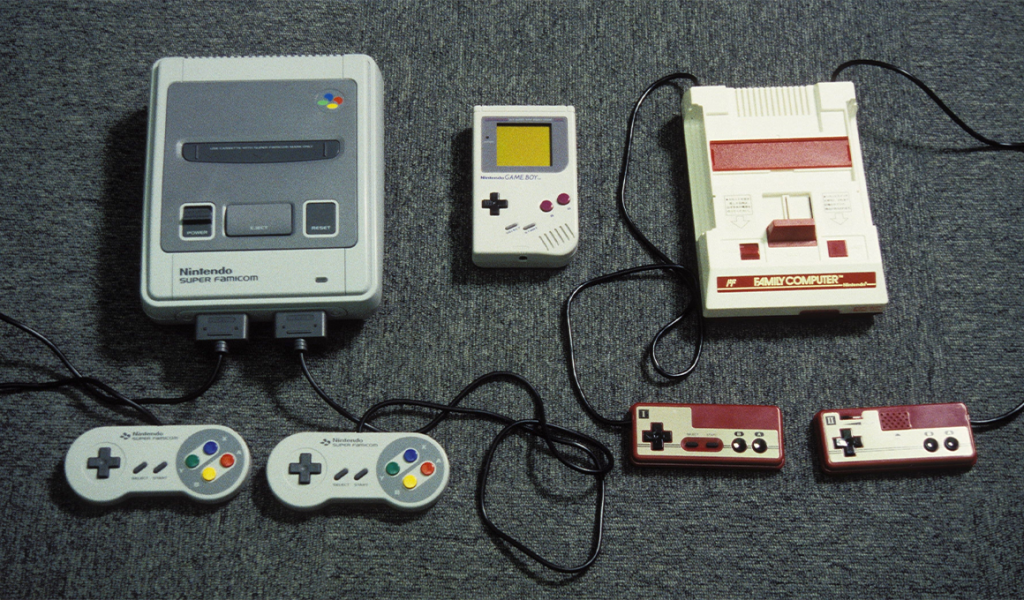
It seems there may be confusion in your question. The term “birth box” doesn't commonly refer to a specific milestone or product in the evolution of video games. However, if you are referring to the early development of video game consoles, there were significant contributions from inventors like Ralph Baer, often called the “Father of Video Games.”
Ralph Baer is credited with creating the first home video game console known as the “Brown Box” or “Odyssey,” which laid the foundation for the evolution of video game consoles. Baer's invention allowed players to interact with simple games on their television sets, marking a crucial step in the history of video games.
Here's a brief overview of Ralph Baer's contributions and the early evolution of video game consoles:
- The Brown Box (1967): Ralph Baer and his team developed the first prototype of the Brown Box, which could be connected to a television set. It featured a ping-pong game and the ability to adjust game parameters.
- Magnavox Odyssey (1972): Baer's invention created the Magnavox Odyssey, the first commercial home video game console. It included several games like Pong, Tennis, and Simon Says. However, it required plastic overlays and had limited graphics.
- Atari 2600 (1977): Atari's release of the 2600 marked a significant milestone. It was the first widely successful home video game console, offering a diverse game library and interchangeable cartridges.
- Nintendo Entertainment System (NES) (1985): The NES played a crucial role in revitalizing the video game industry after the North American video game crash in 1983. It introduced iconic franchises like Super Mario Bros. and The Legend of Zelda.
From these early beginnings, video game consoles continued to evolve, introducing more advanced graphics, sound, and gameplay features. Subsequent generations of consoles, including the Sega Genesis, Super Nintendo, PlayStation, Xbox, and more, have shaped the modern gaming landscape. Each generation brought new innovations, expanding the scope and appeal of video games to a global audience.
Video Games & Arcade Games
Video games and arcade games are related forms of interactive entertainment but differ in several key aspects, including their platforms, settings, and business models. Here are the primary differences between video games and arcade games:

Platform:
- Video Games: These can be played on various platforms, including home consoles (e.g., Xbox, PlayStation), personal computers, mobile devices, and handheld gaming devices. Video games are designed for a wide range of gaming systems, and players can enjoy them in the comfort of their homes.
- Arcade Games: Arcade games are typically designed for specific arcade machines in public places such as arcades, malls, and entertainment centers. The arcade machine has a dedicated cabinet housing the game, a display screen, controls (joysticks, buttons), and often specialized hardware.
Setting:
- Video Games: Players can enjoy video games in diverse settings, such as their homes, internet cafes, or on the go, using portable devices. The gaming experience is not tied to a specific physical location.
- Arcade Games: Arcade games are associated with public spaces like arcades, where people gather to play various games. The social aspect of playing in public places and the arcade ambiance contribute to the unique arcade gaming experience.
Business Model:
- Video Games: Video games often follow a purchase model where players buy the game or subscribe to a service. In recent years, the rise of downloadable content (DLC), microtransactions, and subscription services has influenced the business model of video games.
- Arcade Games: Traditionally, arcade games operate on a coin-operated model, where players insert coins or tokens to play the game. The business model relies on a pay-per-play approach, and arcade operators generate revenue based on the number of games played.
Game Design and Experience:
- Video Games: Video games offer a broad spectrum of genres, styles, and experiences. They can range from immersive, story-driven narratives to competitive multiplayer games, accommodating diverse player preferences.
- Arcade Games: Arcade games are often designed for shorter, more immediate gameplay experiences. They tend to focus on quick, skill-based challenges to engage players and encourage them to insert additional coins for continued play.
While the distinctions between video games and arcade games have become less rigid over time, with arcade-style games available on various platforms, each form's historical and cultural contexts contribute to their unique characteristics. Today, many classic arcade games have been adapted for home consoles and digital platforms, preserving their nostalgic appeal while adapting to modern gaming preferences.
Video Games and the World of PlayStation

Video Games Timeline:
- 1950s-1960s: The concept of video games begins with academic experiments like “OXO” (1952) and the creation of “Spacewar!” (1962).
- 1972: Atari releases “Pong,” one of the first commercially successful arcade video games.
- 1977: Atari releases the Atari 2600, the first widely successful home video game console.
- 1980s: The Golden Age of Arcades with iconic games like “Pac-Man,” “Donkey Kong,” and “Super Mario Bros.”
- 1985: Nintendo releases the Nintendo Entertainment System (NES), revitalizing the home console market.
- 1990s: Rise of 3D graphics, console wars between Sega and Nintendo, and the introduction of Sony's PlayStation in 1994.
- 2000s: Emergence of online gaming, Xbox Live and PlayStation Network, and the rise of mobile gaming with the launch of the iPhone in 2007.
- 2010s: Esports gained mainstream recognition, a virtual reality (VR) gaming resurgence, and the release of next-gen consoles like PlayStation 4 and Xbox One.
- 2020s: Continued innovation, release of PlayStation 5 and Xbox Series X/S, and the growth of cloud gaming services.
PlayStation Console Series Timeline:
- 1994: Sony releases the original PlayStation (PS1), entering the console market and becoming a major player.
- 2000: Sony releases the PlayStation 2 (PS2), the best-selling console ever.
- 2006: The PlayStation 3 (PS3) is launched, featuring advanced hardware and introducing the PlayStation Network for online gaming.
- 2013: Sony releases the PlayStation 4 (PS4), focusing on social and online gaming and improved graphics and performance.
- 2020: The PlayStation 5 (PS5) is released, featuring a powerful hardware upgrade, faster load times, and a new controller design (DualSense).
The PlayStation series has played a significant role in the evolution of gaming, with each console iteration introducing technological advancements, innovative features, and a diverse range of games. PlayStation has become synonymous with quality gaming experiences, exclusive titles, and a dedicated gaming community.
Video Games & MobileStation
Video gaming and mobile gaming represent two interconnected but distinct segments within the broader gaming industry. Here's an overview of each and how they intersect:

Video Gaming:

Platform Diversity:
- Video gaming encompasses various platforms, including home consoles (such as PlayStation and Xbox), personal computers, and handheld gaming devices (like Nintendo Switch).

High-End Graphics and Processing:
- Traditional video games often leverage high-end graphics and processing power, providing immersive and visually stunning experiences.

Varied Genres and Gameplay Styles:
- Video games cover various genres, including action, adventure, role-playing, sports, and simulation. They cater to a broad spectrum of players with varied preferences.

Console and PC Exclusives:
- Some games are exclusive to specific consoles or platforms, fostering competition and brand loyalty among gamers.

Online Multiplayer and Esports:
- Video gaming has a strong online component, with multiplayer games, cooperative play, and competitive esports becoming integral parts of the gaming landscape.
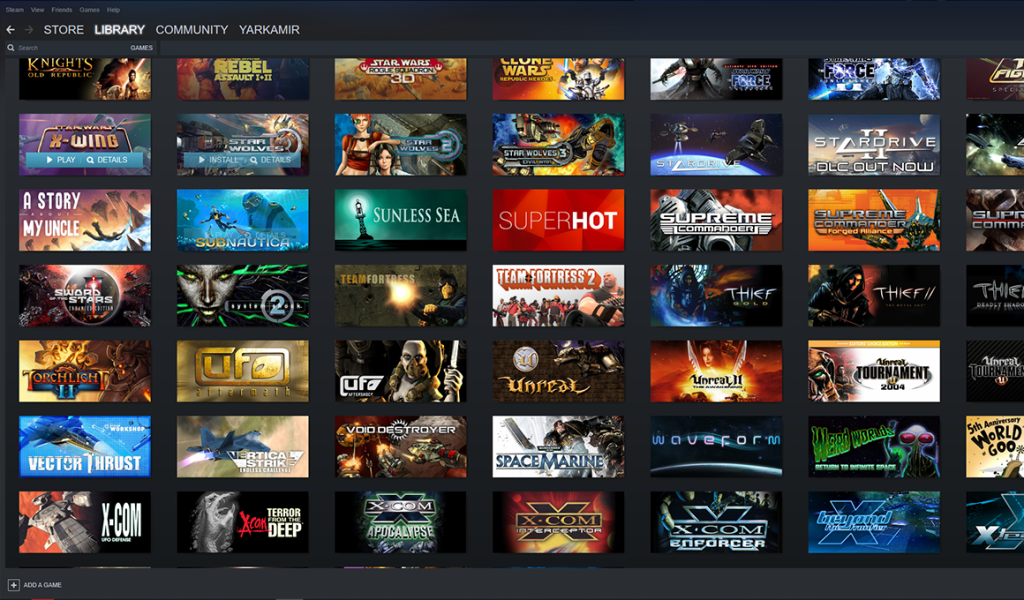
Mobile Gaming:

Ubiquitous Accessibility:
- Mobile gaming refers to games played on smartphones and tablets. The ubiquity of mobile devices has made gaming accessible to a massive global audience.

Simplified Controls and Casual Gaming:
- Mobile games often feature simplified controls suitable for touchscreens, and many are designed for short, casual gaming sessions.

Free-to-Play and Microtransactions:
- The mobile gaming industry frequently adopts a “freemium” model, where games are free to download but offer in-app purchases or advertisements. This model has contributed to the popularity and profitability of mobile games.

Wide Variety of Genres:
- Mobile games cover various genres, from simple puzzle games and endless runners to complex strategy games and multiplayer titles.
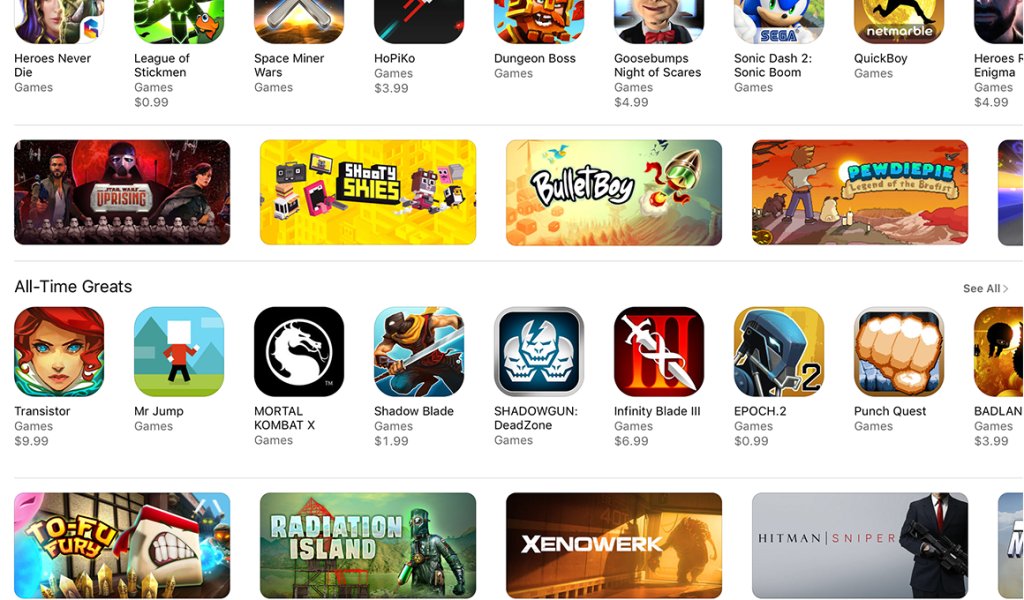
Independent Development:
- The mobile gaming market is conducive to indie developers, allowing smaller studios to create and publish games without extensive resources.

Intersection and Trends:

Cross-Platform Play:
- Some games support cross-platform play, allowing users to play the same game on consoles and mobile devices.

Porting to Mobile:
- Popular console or PC games are sometimes adapted for mobile platforms to reach a broader audience.

Cloud Gaming:
- Cloud gaming services enable users to play high-quality games on mobile devices, leveraging cloud-based processing power.
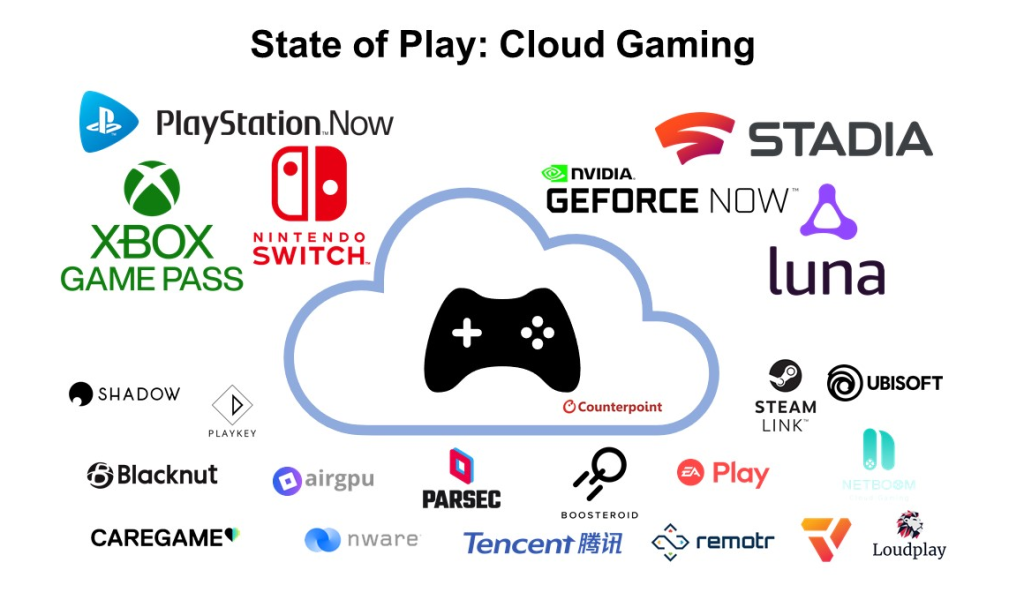
Integration of Mobile Features:
- Some video games integrate companion apps or mobile features to enhance the gaming experience.

In summary, while video gaming and mobile gaming have unique characteristics, technological advancements and changing consumer preferences lead to increased convergence between these two segments. Both contribute significantly to the global gaming industry, offering diverse experiences for players across different platforms.
Rise Of Online Gaming Platforms
The rise of online gaming platforms has transformed the gaming industry, fundamentally changing how people play and experience video games. Here's a chronological overview of the key developments in the rise of online gaming platforms:

- Emergence of Multiplayer Gaming (1990s):
- In the 1990s, the popularity of multiplayer gaming started to grow. PC games like Doom and Quake allowed players to connect via local area networks (LAN) for multiplayer experiences.
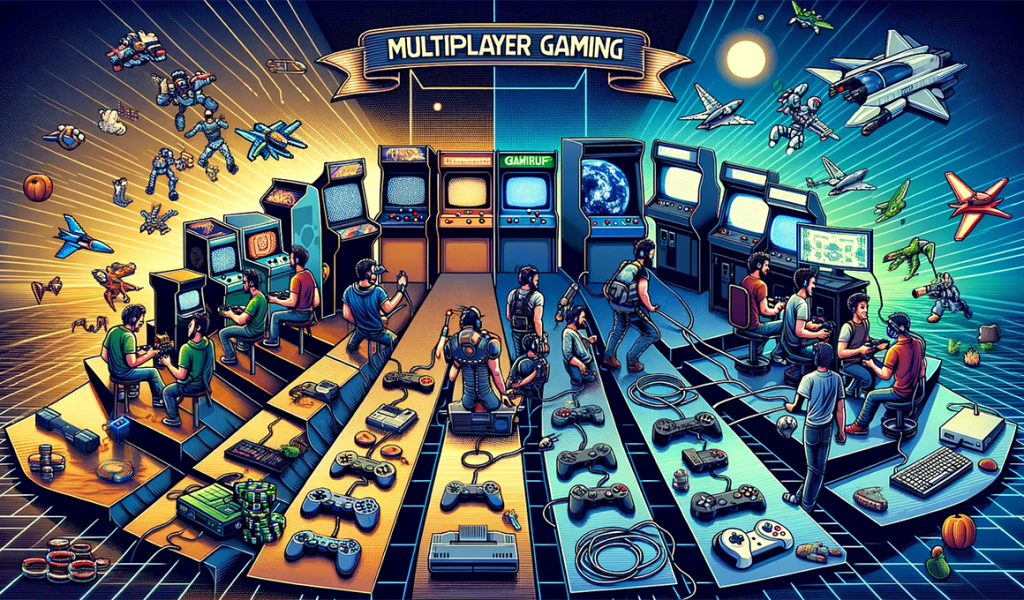
- Introduction of Online Console Gaming (2000s):
- In the early 2000s, online gaming became more widespread with the introduction of online services for consoles. Xbox Live (2002) for the Xbox and PlayStation Network (2006) for the PlayStation consoles provided online multiplayer functionality and other features.
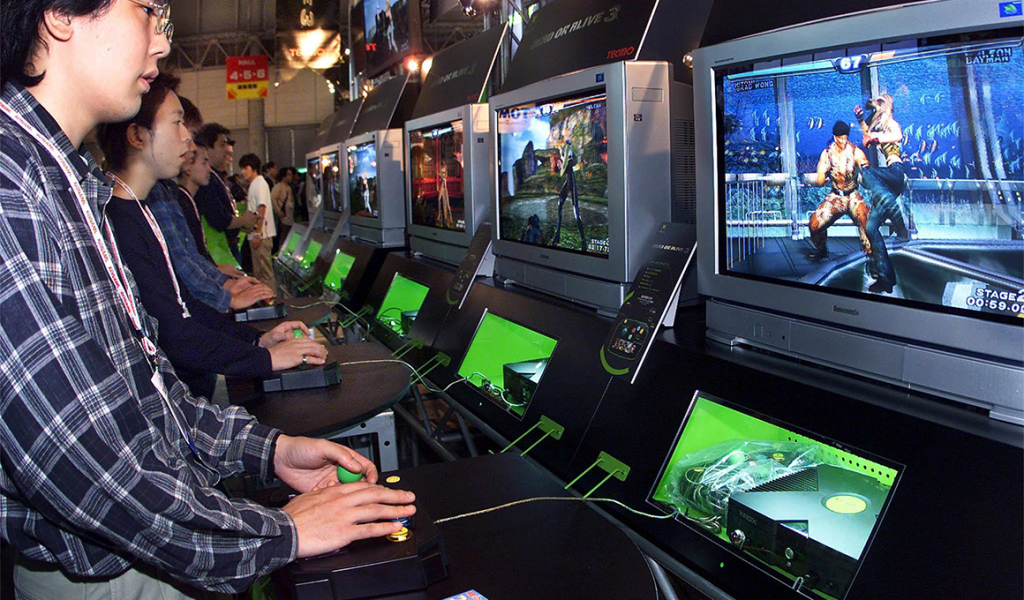
- Rise of Massive Multiplayer Online Games (MMOs) (2000s):
- The 2000s saw the rise of MMOs like World of Warcraft (2004), which allowed thousands of players to interact within a persistent virtual world. This marked a significant expansion of online gaming beyond traditional multiplayer experiences.

- Digital Distribution and Steam (2000s):
- Digital distribution platforms, such as Steam (2003), revolutionized how PC games were distributed and played. These platforms allowed players to purchase and download games directly to their computers, eliminating the need for physical copies.
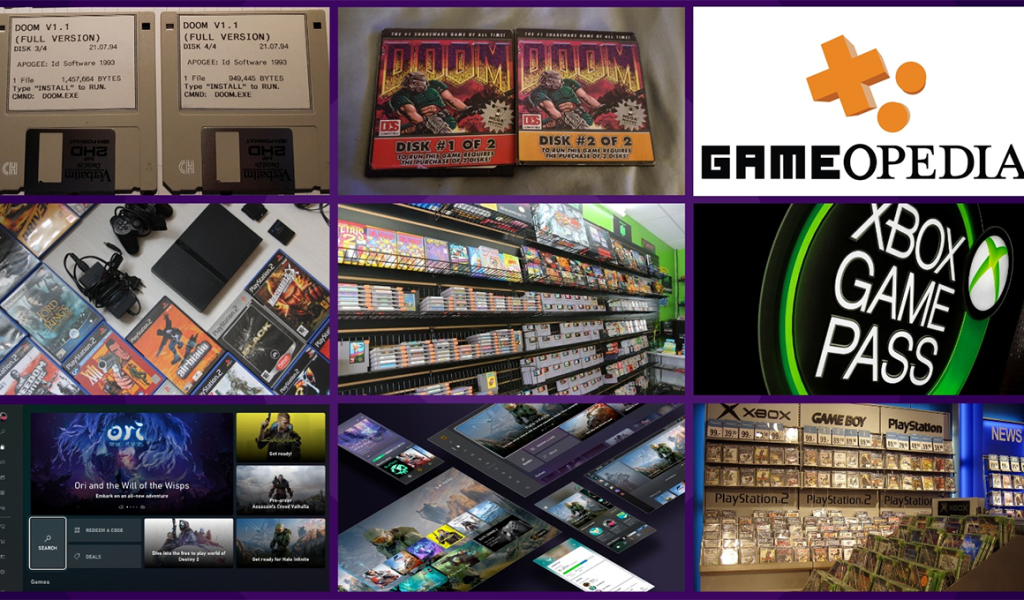
- Social Gaming and Mobile Platforms (2010s):
- The rise of smartphones and tablets in the 2010s led to a surge in social and mobile gaming. Games like Angry Birds (2009) and Clash of Clans (2012) became immensely popular, leveraging online platforms for social interactions and competitive play.
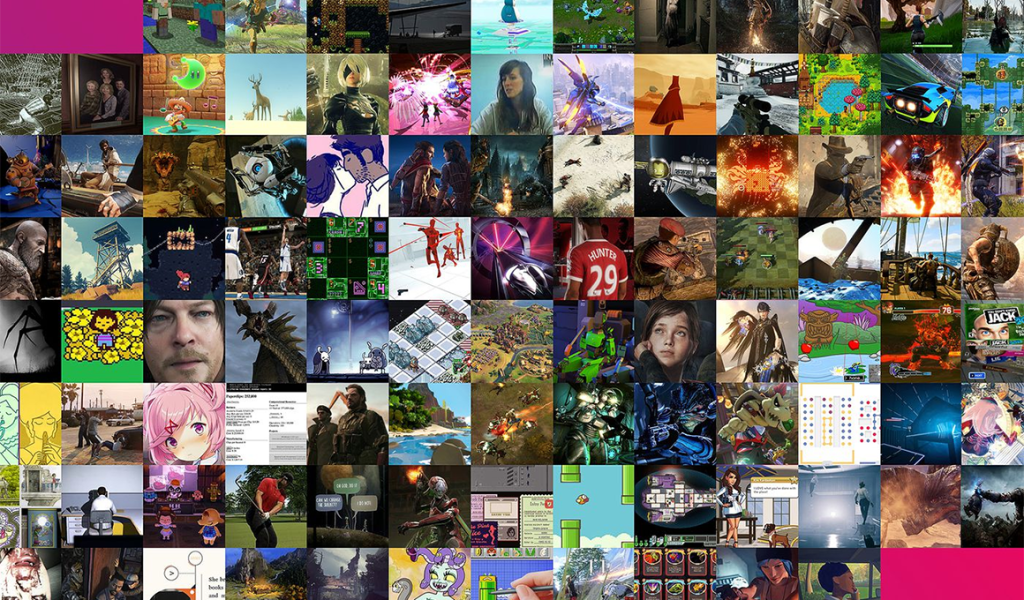
- Esports Explosion (2010s):
- Competitive gaming, or esports, gained mainstream popularity, with organized tournaments, professional leagues, and streaming platforms like Twitch (2011) providing a global stage for players and fans.

- Cloud Gaming Services (2010s-2020s):
- Cloud gaming services, such as NVIDIA GeForce Now, Google Stadia, and Xbox Cloud Gaming (formerly Project xCloud), emerged to allow players to stream games directly to their devices without needing high-end hardware.

- Cross-Platform Play and Cross-Progression (2010s-2020s):
- Many online games now support cross-platform play, enabling users to play with friends regardless of their gaming system. Cross-progression allows players to carry their progress across different platforms.

- Subscription Services (2010s-2020s):
- Subscription services like Xbox Game Pass, PlayStation Now, and EA Play have become popular, offering a library of games for a monthly fee and enhancing the value proposition of online gaming.

- Integration of Social Features (2020s):
- Modern gaming platforms often integrate social features, such as in-game chat, voice communication, and social media connectivity, fostering community among players.

The rise of online gaming platforms has also connected players globally. Still, it has also created new business models, opportunities for content creators, and a vibrant digital ecosystem within the gaming industry. As technology continues to advance, the landscape of online gaming will likely evolve with the integration of emerging technologies like augmented reality (AR), virtual reality (VR), and further advancements in cloud gaming.
Conclusion
In conclusion, the evolution of online gaming platforms has been a dynamic and transformative journey that has significantly shaped the gaming landscape. From the emergence of local multiplayer experiences in the 1990s to today's global connectivity and immersive experiences, online gaming has become an integral part of the gaming industry. The rise of massively multiplayer online games, the advent of digital distribution platforms, and the popularity of esports have all contributed to the growth and diversification of the online gaming ecosystem.
The 2010s brought about a mobile gaming revolution, expanding the reach of online gaming to a vast and diverse audience. Social and mobile gaming experiences and the integration of social features have further blurred the lines between traditional and casual gaming.
Cloud gaming services represent a significant milestone, allowing players to access high-quality gaming experiences without needing powerful hardware. The industry's embrace of cross-platform play, cross-progression, and subscription services reflects a commitment to enhancing accessibility and providing a seamless gaming experience across various devices.
As we move forward, the future of online gaming holds the promise of continued innovation. Technologies such as augmented reality, virtual reality, and further advancements in cloud gaming will likely redefine how we interact with and experience games. The gaming community's global connectivity, the rise of content creators on platforms like Twitch and YouTube, and the ongoing expansion of esports all contribute to the vibrant and ever-evolving nature of online gaming.
In essence, the rise of online gaming platforms has connected gamers worldwide, facilitated the creation of diverse communities, fostered social interactions, and propelled the gaming industry into a new era of immersive and interactive entertainment. As technology advances, the possibilities for online gaming are boundless, promising an exciting future for developers and players alike.




